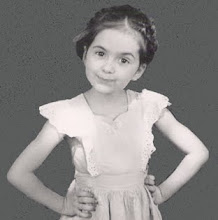All my life I have collected odd bits and pieces of information, for literary or artistic inspiration and/or research. Who knows when these tidbits might be useful?
I recently came across an old article I had saved from a 1986 Natural History magazine. The author, Andrew T. Lloyd, was, I believe, a geneticist, studying cat genes, tracing where cat ancestors come from. Why could this possibly be of any interest to a writer/illustrator/blogger? Who knows? Because obscure and fascinating snippets of information can be very intriguing and potentially useful.
This is a bit of what I learned:
- There weren’t any domestic cats in the New World until they were brought from Europe by sailors and immigrants to New England and the Canadian Maritimes.
- Even today, the cats of New York City have a similar genetic profile to the cats in Amsterdam. Many NYC cats have short hair, and piebald (many-colored) spots. There aren’t many orange cats there, and you rarely see polydactyl (many toed!) cats.
- Cats in New England bear similarities to their British ancestors, and many-toed cats are quite common. (I had a charming one with extra toes….I had no idea she probably had New England roots!) Turns out, they are extremely rare in most parts of the world. There’s an especially large number in and around Boston. They also have them in Yarmouth and Halifax, Nova Scotia, because of visits by Boston traders, fishermen and immigrants -- with their cat companions, apparently.
- This article was written over 20 years ago, but as Mr. Lloyd claimed that cats migrate very slowly – under a mile a (cat?) generation – “a Boston cat might now be approaching New York, having passed through 200-300 generations on the way.” I love that quote!

















No comments:
Post a Comment